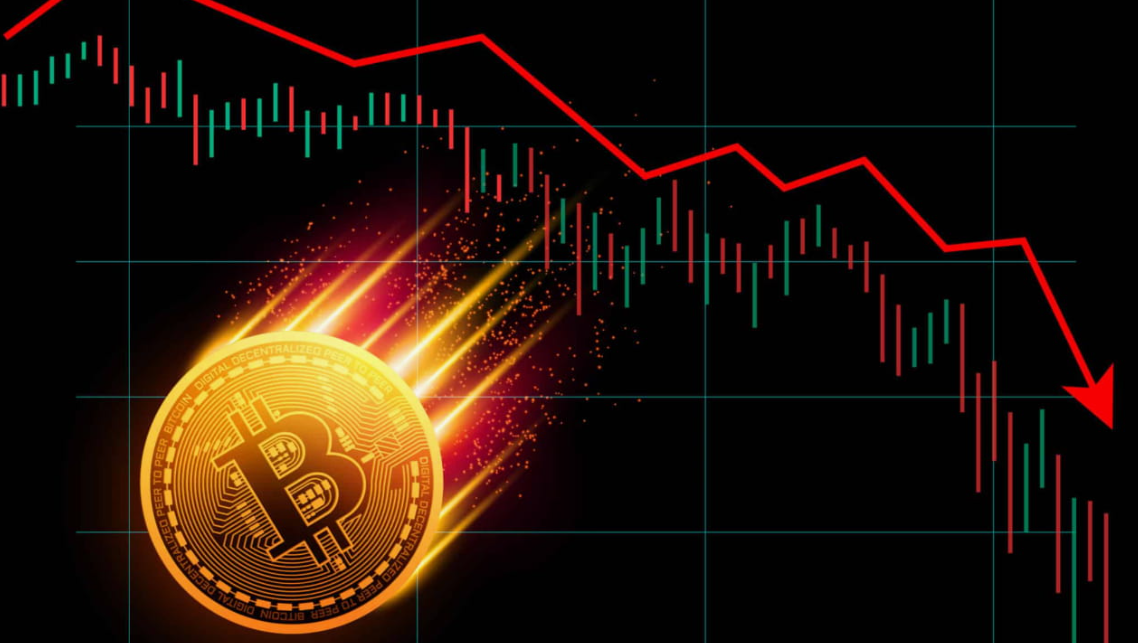Market volatility can be a trader’s best friend or worst enemy. It’s that unpredictable movement in prices that can either lead to big profits or unexpected losses. Every trader knows that some days, the market seems like a rollercoaster, and knowing how to navigate those ups and downs is key to staying ahead. Whether you’re a beginner or seasoned trader, having the right toolkit can help you navigate through those tricky market swings. So, let’s dive into some practical tools and strategies that traders use to handle market volatility on a daily basis.
Understanding Market Volatility
Before we jump into the toolkit, let’s get a clear understanding of what we mean by “market volatility.” Volatility refers to the speed and magnitude at which the price of a financial asset (like stocks, forex, or cryptocurrencies) moves. A highly volatile market is one where prices can jump around quickly, often in unexpected directions.
Market volatility can be caused by several factors:
- Economic News: A surprising jobs report or interest rate hike can shake things up.
- Political Events: Elections, trade wars, or sudden changes in government policies can increase uncertainty.
- Natural Disasters or Pandemics: These events can disrupt economies, leading to price fluctuations.
Volatility itself isn’t bad. In fact, many traders rely on it to make money. The trick is to know how to manage the risk that comes with it.
Essential Tools for Navigating Market Volatility
Now, here’s where your daily toolkit comes in handy. With the right tools, even the most unpredictable market can feel a little less intimidating.
1. Real-Time Market Data
When prices are moving fast, having access to real-time data is crucial. You can’t afford to be stuck with outdated information, especially when trading forex or cryptocurrencies. Platforms like FXpricing give traders access to live forex rates, live crypto prices, and even live stock rates. Real-time data lets you make decisions based on what’s happening right now, not what happened 10 minutes ago.
2. Historical Data Analysis
Sure, real-time data is important, but understanding how markets have behaved in the past can help you predict future movements. By studying historical data, you can spot trends and patterns that might give you an edge. FXpricing offers a wealth of historical data on forex, stocks, and commodities, making it easier for traders to build and refine their strategies.
3. Customizable Dashboards
Every trader is different, and so are their trading needs. Some prefer to focus on live forex rates, while others might be watching cryptocurrency charts. A customizable dashboard, like the one offered by FXpricing, allows traders to see exactly what they want, without clutter or distractions. Having a personalized workspace keeps you focused on your trading plan, even when the market’s going wild.
4. Economic Calendar
One of the biggest drivers of market volatility is economic events. Interest rate announcements, GDP reports, or central bank meetings can send prices soaring or plummeting. An economic calendar helps traders keep track of these important events. With FXpricing, you can track upcoming events across multiple countries, ensuring you’re never caught off guard by a major news release.
5. Technical Analysis Tools
Volatility can often be better understood by using technical analysis. Tools like moving averages, RSI (Relative Strength Index), and Bollinger Bands help traders identify potential entry and exit points. These tools might sound complicated, but trust me, they’re essential for making sense of a choppy market. FXpricing integrates various charting tools and indicators, so you can analyze trends and make smarter trading decisions.
Managing Risk in Volatile Markets
No matter how good your tools are, trading during periods of high volatility requires careful risk management. The last thing you want is to get wiped out by one bad trade.
1. Use Stop-Loss Orders
Stop-loss orders are essential for limiting your downside risk. A stop-loss automatically closes your trade once it reaches a certain loss level, helping you avoid bigger losses than you can handle. Setting a stop-loss for every trade is a no-brainer, especially during volatile times.
2. Diversification
“Don’t put all your eggs in one basket.” This old saying is super relevant when it comes to trading. By diversifying your portfolio, you spread your risk across different assets, like forex, stocks, or commodities. That way, if one trade goes south, it doesn’t take your entire account with it.
3. Trade Smaller Positions
When the market is highly volatile, consider reducing the size of your trades. Smaller trades limit your exposure and help you manage the swings without too much stress. It might feel less exciting, but slow and steady often wins the race, especially in uncertain markets.
Personal Insights on Navigating Volatility
I remember my early days of trading, when I didn’t have access to many of the tools available today. I would often rely on news channels or financial blogs, hoping to catch the latest updates. Sometimes I got lucky, but many times, I was left scrambling after missing a key event. That’s why I can’t stress enough how important it is to have a platform like FXpricing, where all your data, news, and charts are in one place. It’s saved me a lot of headaches!
I’ve also learned that volatility is not something to be feared. Some of my best trades have come during volatile times. The key is to stay calm, stick to your strategy, and never risk more than you can afford to lose. It sounds simple, but when the market is swinging wildly, emotions can take over, and that’s when mistakes happen.
Frequently Asked Questions (FAQs)
1. What is market volatility?
Market volatility refers to how quickly and unpredictably the price of a financial asset moves. High volatility means that prices can change dramatically in a short period, while low volatility means more stable price movements.
2. How can I manage risk in a volatile market?
Risk management is key when trading in volatile markets. Tools like stop-loss orders, diversification, and trading smaller positions can help reduce potential losses.
3. Why is real-time data important for traders?
In a fast-moving market, outdated data can lead to poor trading decisions. Real-time data ensures that traders are making decisions based on the most current market conditions.
4. What tools should I use to navigate market volatility?
Traders should use tools like real-time data feeds, historical data analysis, customizable dashboards, economic calendars, and technical analysis indicators to navigate volatile markets.
5. How can FXpricing help me manage market volatility?
FXpricing provides traders with live forex rates, historical data, technical analysis tools, and an economic calendar to help navigate volatile market conditions with ease. By having access to these resources, traders can make more informed decisions and better manage risk.





